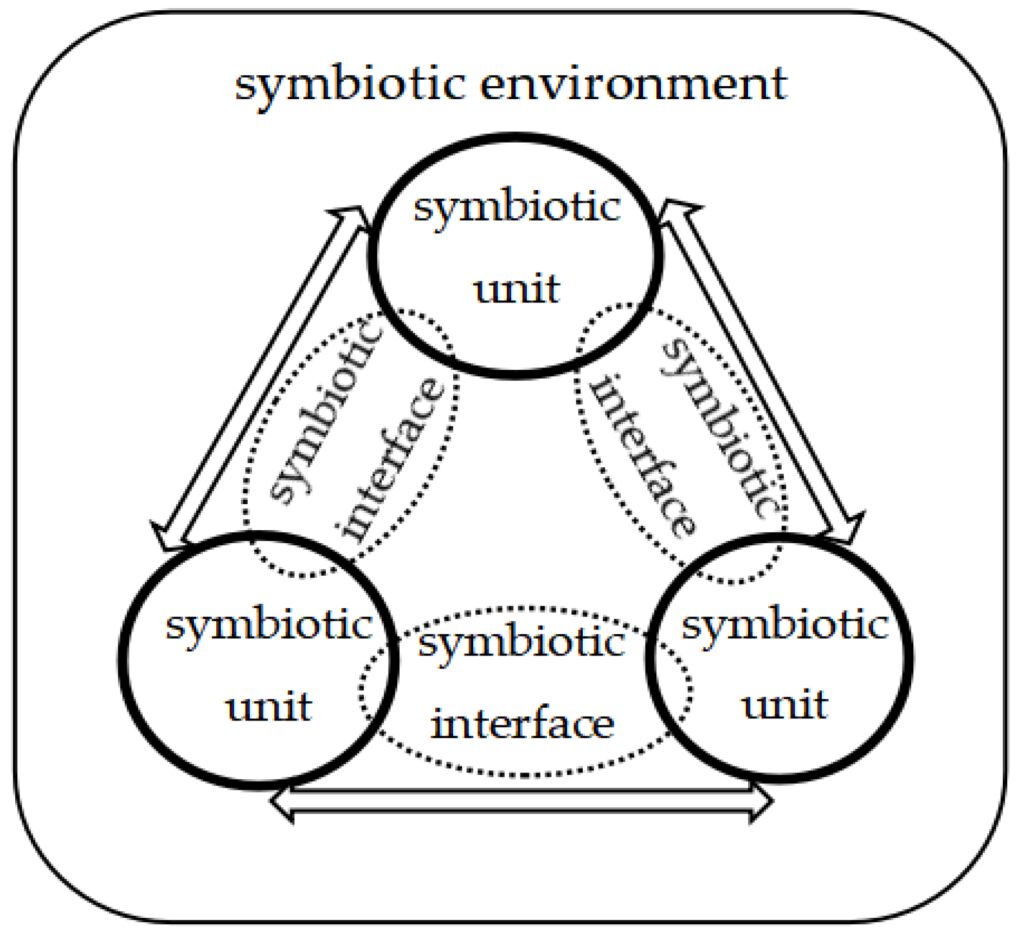The relationship between game design and programming is a synergistic one, where designers come up with creative ideas, while programmers use their technical expertise to bring those ideas to life. Game design lays the foundation for the development of the game by conceptualizing and creating the rules, story, characters, and gameplay mechanics, while programming is the technical foundation that brings the game design to life by implementing the game mechanics, physics, graphics, and sound effects in the game engine. The collaborative nature of game development means that game designers and programmers must work closely together throughout the development process to create games that are both entertaining and technically impressive.
Game Design and Programming: A Synergistic Relationship
Games have come a long way since the simple, pixelated graphics of Pong that graced the screens of early video game systems. Today’s games are cinematic, immersive, and involve advanced graphics, sound, and intricate gameplay mechanics. However, a game is much more than its graphics and mechanics. It is the creative vision of game designers and the technical expertise of programmers that bring games to life. In this article, we will explore the synergistic relationship between game design and programming and how they work together to create the games that we love.
Game Design
Game design is the process of conceptualizing and creating the rules, story, characters, and gameplay mechanics of a game. Game design is a critical stage of game development because it lays the foundation for the rest of the development process. Game designers are responsible for coming up with creative ideas that make a game fun, engaging, and memorable.
The Role of Game Design
The role of game design is to envision and create the game’s story, characters, environments, and mechanics. It is the game designer’s responsibility to ensure that the game is challenging, entertaining, and engaging for players. Game designers focus on the following areas:
- Conceptualization: Creating the initial idea and vision for the game.
- Characters: Designing the characters, their attributes, behaviors, and abilities.
- Story: Creating the game’s narrative and plot, including the setting, conflict, and resolution.
- Game Mechanics: Designing the game’s rules, controls, objectives, and challenges.
- Environments: Designing the game’s environments, including the terrain, obstacles, and assets.
The Design Process
The game design process is iterative and involves collaboration between designers, artists, and programmers. It typically involves the following steps:
- Idea Generation: Brainstorming game ideas and selecting the most promising ones.
- Conceptualization: Creating a high-level concept of the game, including the story, characters, mechanics, and environments.
- Prototyping: Creating a prototype of the game to test its feasibility, mechanics, and playability.
- Iteration: Refining the game design based on feedback from playtesting and other sources.
- Presentation: Presenting the finalized game design to the development team.
Programming
Programming is the process of writing code to create software. In game development, programming is the technical foundation that brings the game design to life. Programmers are responsible for implementing the game mechanics, physics, graphics, and sound effects in the game engine.
The Role of Programming
Programming plays a critical role in game development by providing the technical expertise to bring the game design to life. Programmers focus on the following areas:
- Game Engine: Building the game engine that powers the game.
- Game Mechanics: Implementing the rules, controls, objectives, and challenges of the game.
- Graphics: Creating the visual elements of the game, including the characters, environments, and animations.
- Sound Effects: Creating the sound effects and music that accompany the game.
- Testing: Debugging and testing the game to ensure that it runs smoothly and is free of errors.
The Programming Process
The programming process typically involves the following steps:
- Planning: Analyzing the game design and creating a plan for the programming work.
- Coding: Writing the code to implement the game mechanics, graphics, and sound effects in the game engine.
- Testing: Debugging and testing the game to ensure that it runs smoothly and is free of errors.
- Iteration: Refining the game based on feedback from playtesting and other sources.
- Optimization: Optimizing the game to ensure that it runs smoothly on different hardware configurations.
The Synergistic Relationship between Game Design and Programming
The relationship between game design and programming is synergistic. Game designers come up with creative ideas, characters, and story, and programmers use their technical expertise to bring those ideas to life. Without game designers, programmers would have no direction, and without programmers, game designers would have no means of realizing their creative vision.
The collaborative nature of game development means that game designers and programmers must work closely together throughout the development process. Designers provide feedback on the implementation of mechanics, while programmers ensure that the game mechanics work as intended. Conversely, programmers provide feedback on the feasibility of the design, while designers ensure that the game is fun and engaging.
Ultimately, the synergy between game design and programming is what makes games great. It is the combination of creative vision and technical expertise that creates a seamless and immersive gaming experience. By working together, game designers and programmers can create games that are both entertaining and technically impressive.
Conclusion
Game design and programming are two sides of the same coin in game development. Games are a creative art form that requires both creative vision and technical expertise to bring to life. Game designers and programmers must work closely together to ensure that the game is fun, challenging, and technically impressive. By working together, they can create games that are both entertaining and memorable, and that push the boundaries of what is possible in gaming.
